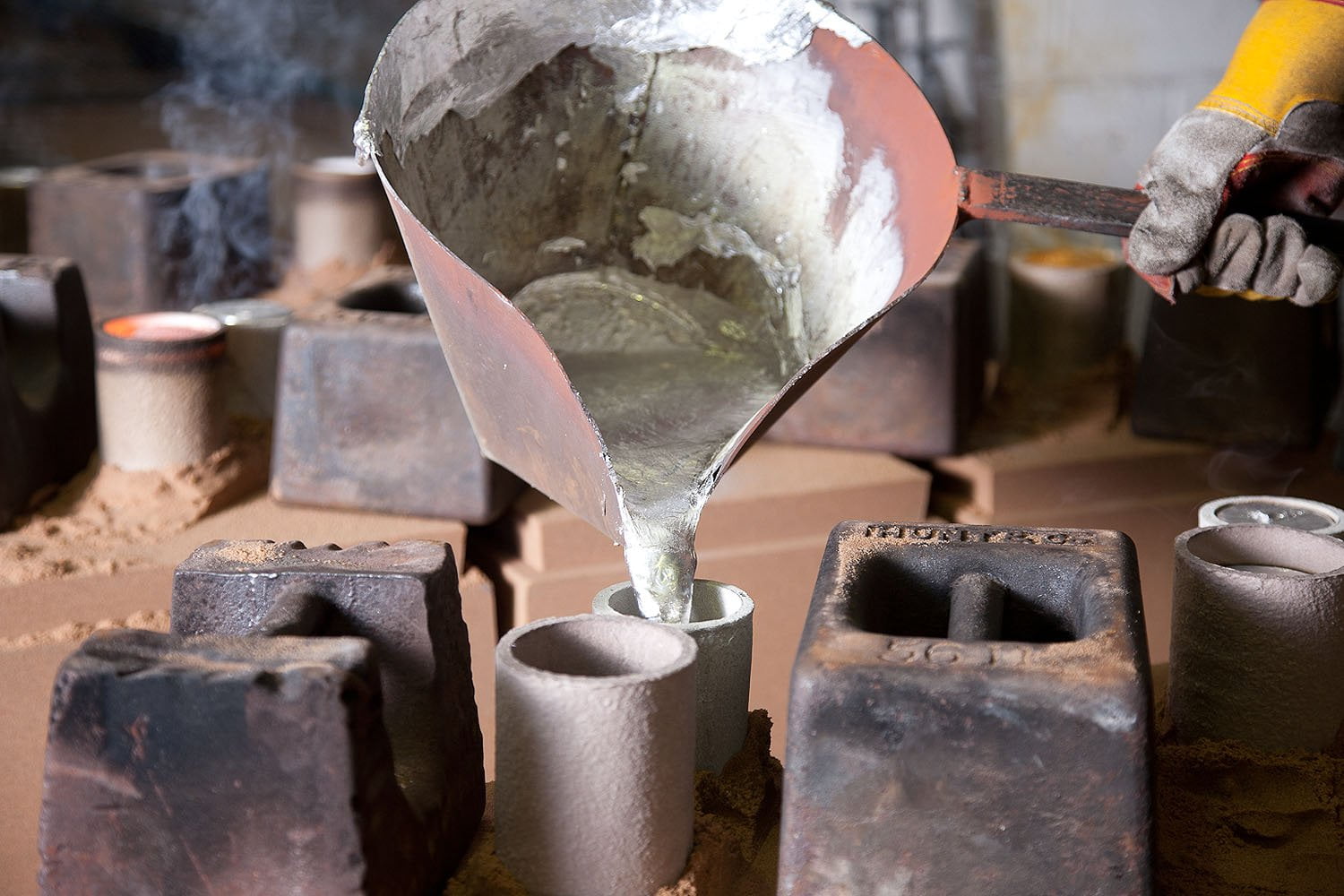Published - 17th Nov 2021

Haworth Castings supplies precision gravity-die and sand castings to high-performance sectors where the supply of consistently high-quality parts is critical.
In this Case Study we look at the production of cast enclosures for applications in the hazardous conditions of the oil and gas industry, where potentially explosive atmospheres make safety paramount.
JCE Group is a global organisation specialising in the design and manufacture of high quality, internationally approved Ex Electrical Control Systems. The group manufactures a wide range of electrical components and enclosures for use in Zone 1, 2, 21 and 22 hazardous areas. Haworth Castings produces flameproof enclosures for JCE for use in the oil and gas industry.
Gravity die aluminium castings are perfect for this application, since complex shapes can be produced cost-effectively in large quantities and finished by CNC machining to meet technical specifications.
This specific enclosure for JCE is designed to their requirements to enclose electronic equipment, with a glass window to allow visual readings. The enclosure is cast in three parts: a circular body with internal wing mounting brackets for the equipment complete with three threaded gland entry points; a separate threaded cover with aperture; and an internal metal retaining ring that will help to retain the glass window in place.
Critical design features of our cast enclosures for JCE are:
Tool Design and Simulation
When a customer like JCE approaches us to make a cast enclosure we use CAD modelling to design a cast iron die, and casting simulation software to evaluate the best approach to cast the specific component. The simulation software will help determine details of the casting process, including:
A digital running system will be simulated to emulate the optimum flow of molten metal. This is a crucial part of the tool design, since the running system (the course taken by the poured metal through the mould) can have an impact on the integrity of the final product. For example, if poorly designed, it could cause gas bubbles to form which may only be exposed at the point of machining.
Foundry Expertise
Despite the significant advancements in casting simulation software and the high degree of accuracy of the simulations, the end results are only as good as the information that goes in and for this we need an experienced team that understands the intricacies of the casting process. The foundry team at Haworth Castings works closely with the tool maker to ensure that every die is designed carefully to yield the best results for our customers.
Once the tool is designed and built, the quality of the casting is in the hands of Haworth’s highly experienced foundry team. Their expertise helps them closely control variables such as the application of a sodium silicate-based insulation coat and separate release agent, the temperature of the die and the molten metal itself, and the rate and consistency of pouring.
CNC Machining
After casting, the enclosure components are precision CNC machined to the tight dimensional tolerances demanded by the application.
The critical machining operations for the JCE electrical enclosures apply to the threaded covers with apertures, the body threads and the three threaded entry points – each of these threads forms a flame path and must comply with ATEX standards. The shape and quality of the threads are precision-machined to tight tolerances and must be 100% defect free.
After machining and finishing the completed cast enclosures are ready for dispatch to JCE.
Customer service
Due to the size and complexity of the three parts of these cast enclosures, they will be cast separately and in different batch sizes. However, we know that JCE only uses complete sets, so we are happy to simplify their inventory control by holding stock of the parts and only delivering parts in full sets.
We also manufacture sand-cast enclosures for JCE, where the size and volume of the product is more suited to this method of casting.
For more information please call +44 (0)1794 512 685 or email sales@haworthcastings.co.uk.
If you have a project, talk to our experienced sales team
Contact us